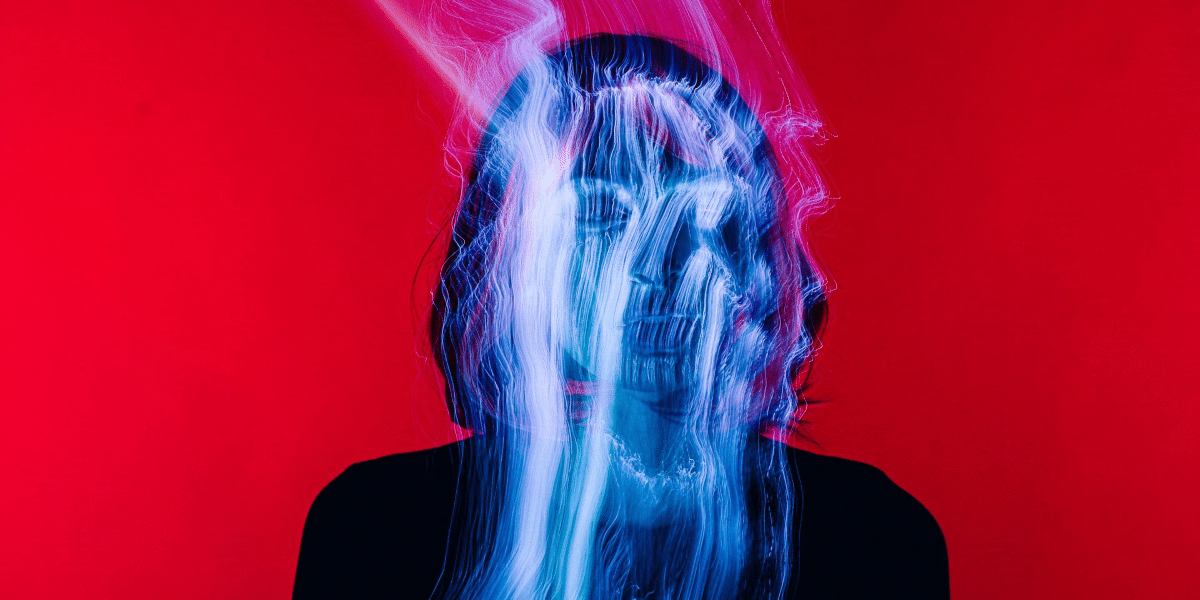In the colorful world of modern cinema, the timeless elegance of black and white film continues to captivate audiences and filmmakers alike. While the advent of color technology revolutionized the industry, black and white cinematography remains a powerful artistic choice, capable of evoking mood, emotion, and atmosphere in ways that color cannot replicate. In this article, we’ll explore how black and white can be utilized in modern film to create visually stunning and emotionally resonant storytelling experiences.
The Artistry of Black and White
Black and white cinematography has a rich history in film, dating back to the early days of cinema. While color film has become the standard in modern filmmaking, black and white remains a compelling artistic choice for filmmakers seeking to evoke a sense of nostalgia, timelessness, or artistic expression. By stripping away the distraction of color, black and white allows filmmakers to focus on the fundamentals of composition, lighting, and contrast, creating visually striking images that are both timeless and immersive.
Evoking Mood and Atmosphere
One of the most powerful aspects of black and white film is its ability to evoke mood and atmosphere in a way that color cannot replicate. The stark contrast between light and shadow, the play of textures and patterns, and the absence of color all contribute to the creation of a distinct visual aesthetic that can convey a wide range of emotions, from the hauntingly atmospheric to the starkly dramatic. Whether it’s the shadowy streets of film noir or the stark landscapes of a war film, black and white cinematography has an unparalleled ability to immerse viewers in the world of the film and evoke an emotional response.
Enhancing Narrative Depth
In addition to evoking mood and atmosphere, black and white cinematography can also enhance the narrative depth of a film, allowing filmmakers to explore complex themes and characters in a more nuanced way. By stripping away the distraction of color, black and white draws the viewer’s attention to the underlying structure of the story, highlighting the interplay of light and shadow, and emphasizing the emotional nuances of the characters’ performances. This heightened sense of visual and emotional intensity can lend a sense of gravitas and depth to the storytelling, elevating the film to a more profound and resonant level.
Paying Homage to Cinema History
For many filmmakers, black and white cinematography is also a way to pay homage to the rich history of cinema and the pioneering filmmakers who paved the way for modern filmmaking. From the iconic works of early silent filmmakers like Charlie Chaplin and Buster Keaton to the groundbreaking films of the golden age of Hollywood, black and white cinematography is deeply intertwined with the history of cinema itself. By choosing to shoot in black and white, filmmakers can evoke the timeless elegance and classic beauty of these cinematic masterpieces, while also adding a contemporary twist that feels fresh and relevant to modern audiences.
Achieving Visual Simplicity and Elegance
In an era of increasingly complex and visually overloaded films, black and white cinematography offers a refreshing simplicity and elegance that is often lacking in modern cinema. By stripping away the distraction of color, black and white allows filmmakers to focus on the essentials of storytelling, relying on the power of light, shadow, and composition to create visually stunning images that resonate with audiences on a deeper level. This visual simplicity can be particularly effective in genres such as drama, romance, and art house cinema, where the focus is on character development, emotion, and atmosphere.
A Plethora of Creative Ideas
Black and white cinematography remains a timeless and evocative artistic choice in modern film, capable of creating visually stunning and emotionally resonant storytelling experiences. From evoking mood and atmosphere to enhancing narrative depth and paying homage to cinema history, black and white cinematography offers filmmakers a wealth of creative possibilities. Whether used to evoke a sense of nostalgia, highlight the timeless elegance of classic cinema, or add visual simplicity and elegance to a contemporary story, black and white continues to captivate audiences and inspire filmmakers around the world. As the saying goes, sometimes less is more, and in the case of black and white cinematography, the simplicity and elegance of monochrome imagery can speak volumes, creating cinematic experiences that linger in the mind long after the credits roll.







